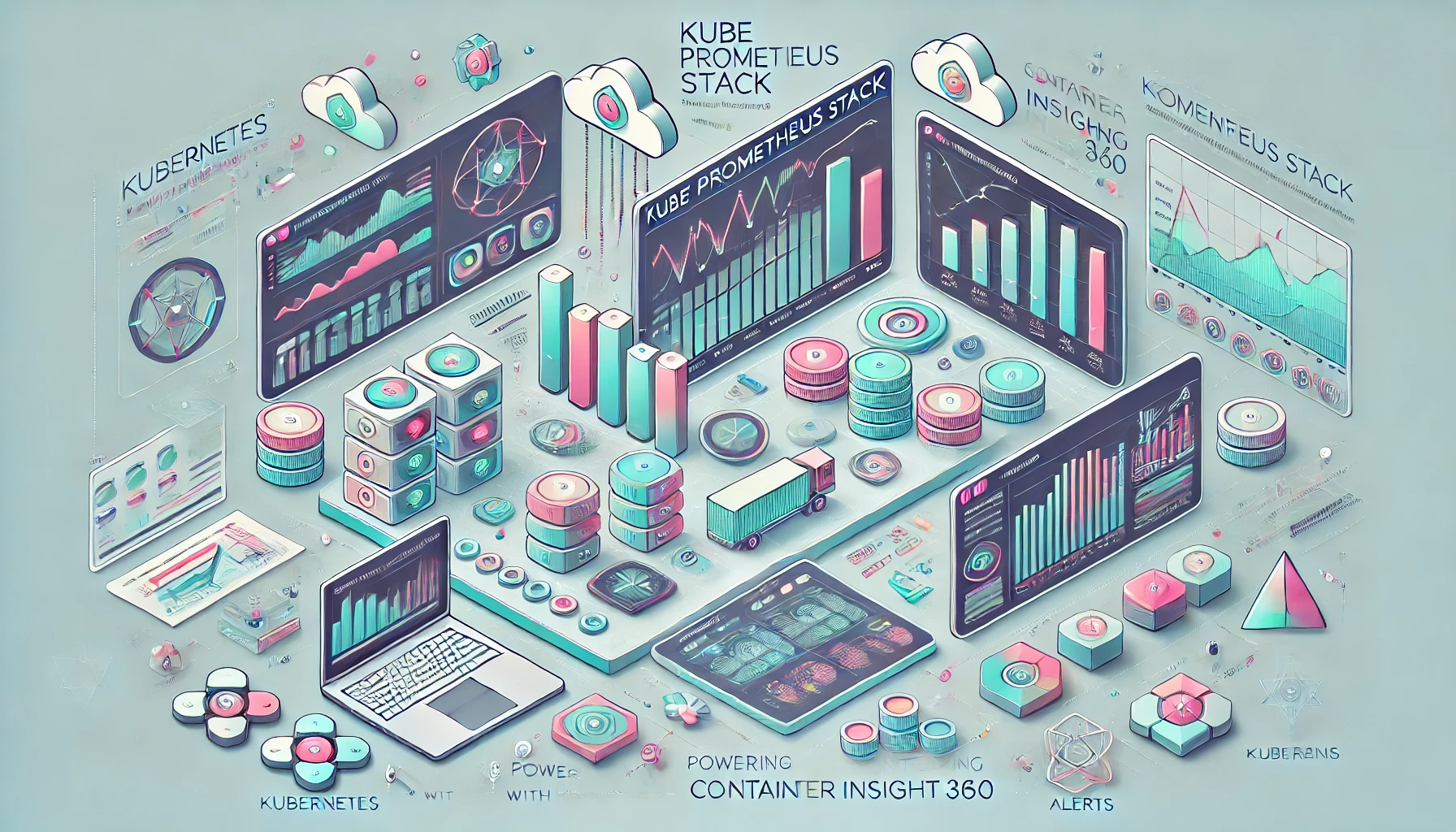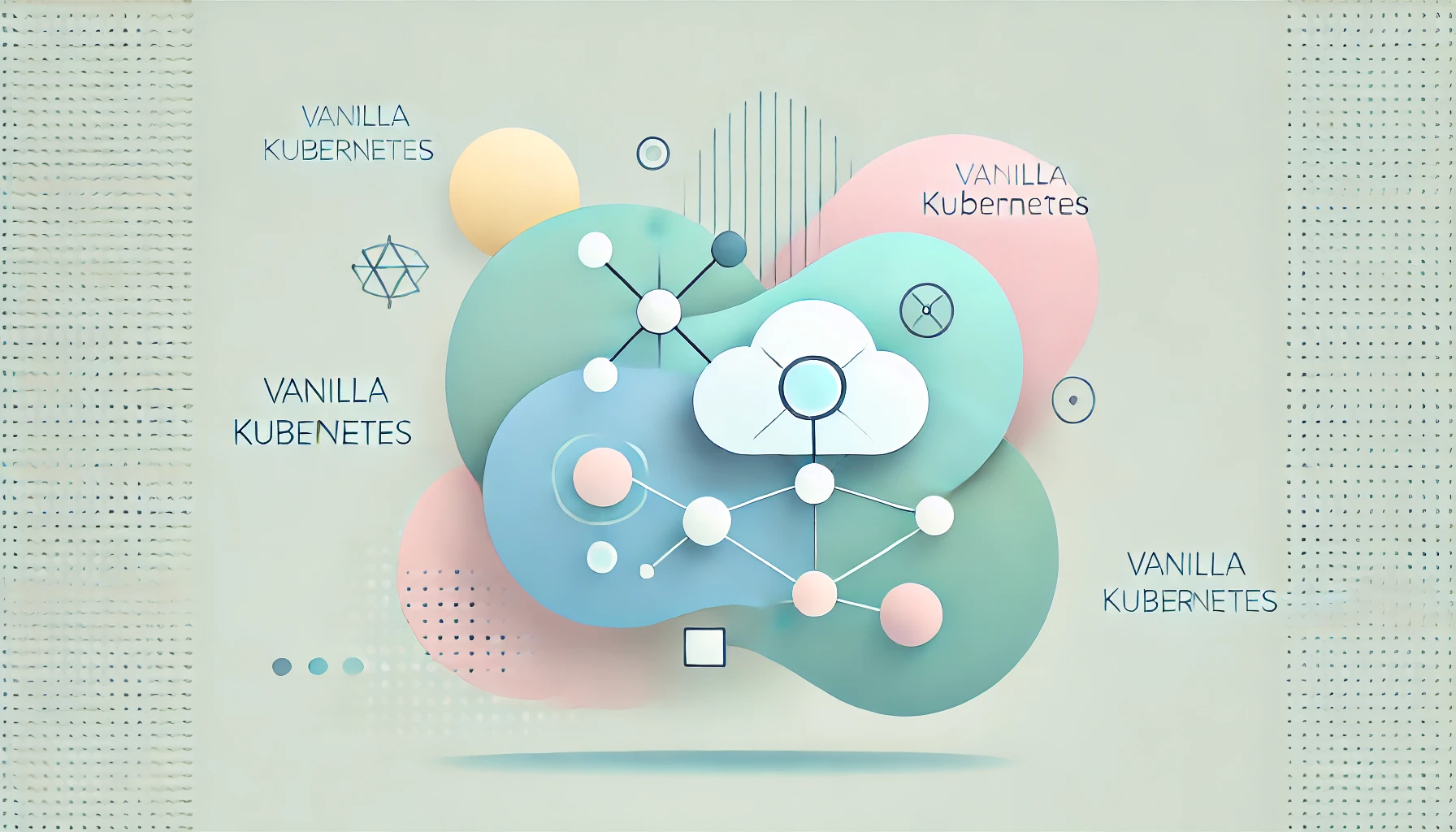Introduction
What is Infrastructure as Code (IaC)? Infrastructure as Code (IaC) is a pivotal concept in modern IT infrastructure management. It involves managing and provisioning computing infrastructure through machine-readable configuration files, rather than physical hardware configuration or interactive configuration tools. As organizations continue to move towards automation and cloud computing, understanding IaC becomes increasingly important.
Understanding Infrastructure as Code (IaC)
Infrastructure as Code (IaC) represents a paradigm shift in the way IT infrastructure is managed. By utilizing code to automate the provisioning and management of infrastructure, IaC brings a multitude of benefits, such as consistency, scalability, and efficiency. Traditional IT practices often involved manual processes, which were error-prone and time-consuming. IaC, however, ensures that infrastructure configurations are consistent and repeatable, reducing the potential for human error.
Key Concepts of Infrastructure as Code
- Declarative vs. Imperative Approaches: IaC can be implemented using declarative or imperative approaches. Declarative IaC focuses on defining the desired state of the infrastructure, while imperative IaC involves specifying the exact steps to achieve that state.
- Version Control: Just like application code, infrastructure code can be versioned and stored in repositories. This allows for tracking changes, collaboration, and rollbacks if necessary.
- Automation: IaC promotes the automation of infrastructure provisioning, which leads to faster deployments and more reliable environments.
Benefits of Infrastructure as Code
Consistency and Reliability with IaC
With IaC, the configuration files are the single source of truth, ensuring that environments are consistent across different stages of development and production. This consistency reduces the risk of environment-specific issues, making deployments more reliable.
Speed and Efficiency in Infrastructure as Code
Automation of infrastructure provisioning significantly speeds up the deployment process. Instead of manually setting up servers, networks, and other resources, developers can deploy infrastructure in minutes using IaC scripts.
Scalability through Infrastructure as Code
IaC allows for the scalable management of infrastructure. Whether you need to deploy a single server or hundreds of instances, IaC tools can handle the complexity and scale efficiently.
Automating Cloud Provisioning with Terraform
Terraform, developed by HashiCorp, is one of the most popular IaC tools. It allows you to define cloud and on-premises resources in human-readable configuration files that you can version, reuse, and share. Terraform supports multiple cloud providers, making it a versatile choice for managing infrastructure.
Key Features of Terraform for IaC
- Provider Agnostic: Terraform’s provider-agnostic nature allows it to work with various cloud providers such as AWS, Azure, and Google Cloud, as well as on-premises solutions.
- Infrastructure as Code: Terraform uses a declarative approach to define infrastructure, enabling you to write infrastructure configurations as code.
- State Management in Terraform: Terraform maintains the state of the infrastructure it manages, ensuring that it knows the current state and can make necessary updates accurately.
- Modules and Reusability: Terraform supports the creation of reusable modules, promoting DRY (Don’t Repeat Yourself) principles and enabling efficient management of complex infrastructure.
Getting Started with Terraform for IaC
To start using Terraform, you need to install the Terraform CLI and configure it to interact with your chosen cloud provider. Here’s a simple example to provision an AWS EC2 instance:
provider "aws" {
region = "us-west-2"
}
resource "aws_instance" "example" {
ami = "ami-0c55b159cbfafe1f0"
instance_type = "t2.micro"
}This configuration file defines an AWS provider and provisions a single EC2 instance using a specific Amazon Machine Image (AMI). For more details, you can refer to the Terraform Documentation.
AWS Resource Management with CloudFormation
AWS CloudFormation simplifies the task of repeatedly and predictably creating AWS resources. This tool allows you to use a simple text file to model and provision all the resources needed for your applications across all regions and accounts. CloudFormation’s declarative approach ensures that your infrastructure is consistent and auditable.
Features of AWS CloudFormation for IaC
- Templates in CloudFormation: CloudFormation templates are JSON or YAML formatted text files that define the desired state of your infrastructure. These templates can be versioned and stored in source control repositories.
- Stacks in AWS CloudFormation: A stack is a collection of AWS resources that you manage as a single unit. You create, update, and delete stacks using CloudFormation.
- Change Sets in CloudFormation: Change sets allow you to preview the changes that CloudFormation will make to your stack, providing an opportunity to review and approve changes before they are applied.
Creating a Simple CloudFormation Stack
Here’s an example of a CloudFormation template that creates an S3 bucket:
Resources:
MyS3Bucket:
Type: "AWS::S3::Bucket"
Properties:
BucketName: "my-cloudformation-bucket"You can deploy this template using the AWS Management Console, AWS CLI, or SDKs. For more comprehensive information, refer to the AWS CloudFormation Documentation.
Impact of Infrastructure as Code on DevOps: Efficiency vs. Complexity
While IaC can significantly increase the efficiency of managing IT infrastructure, it also introduces complexities. This section explores the balance between the benefits and the challenges of implementing IaC in a DevOps environment.
Efficiency Gains from Infrastructure as Code
- Automated Deployments with IaC: IaC enables automated deployments, reducing the time and effort required to set up and manage infrastructure.
- Consistency Through IaC: Automated scripts ensure that environments are consistent across different stages of development, testing, and production, minimizing environment-specific issues.
- Collaboration with IaC: Version-controlled IaC scripts facilitate collaboration among team members, allowing them to work together more effectively.
Challenges and Complexities of Infrastructure as Code
- Learning Curve in IaC: Adopting IaC requires a learning curve as teams need to become proficient with IaC tools and scripting languages.
- Tooling and Integration of IaC: Integrating IaC tools with existing CI/CD pipelines and other DevOps tools can be complex and require careful planning.
- State Management in IaC: Managing the state of infrastructure can be challenging, especially in large and dynamic environments. Ensuring that the state files are accurate and up-to-date is crucial.
Best Practices for IaC in DevOps
- Modularize Your Code: Break down your infrastructure code into reusable modules to improve maintainability and reduce duplication.
- Use Version Control: Store your IaC scripts in a version control system to track changes and facilitate collaboration.
- Automate Testing: Implement automated tests for your IaC scripts to ensure that they work as expected and to catch potential issues early.
KubeCI360: DevOps and Infrastructure Managed as a Service
KubeCI360 is a comprehensive managed service platform that offers advanced solutions for DevOps and infrastructure management. Two of its key services, CloudOps360 and OnPremOps360, are designed to leverage the principles of Infrastructure as Code to optimize and secure your IT infrastructure.
CloudOps360
CloudOps360 is a powerful cloud operations solution designed to automate, manage, and optimize multi-cloud environments across AWS, Azure, and Google Cloud. By leveraging automation and orchestration, CloudOps360 simplifies cloud resource management, focusing on efficiency, cost savings, security, and availability. This suite of tools ensures that businesses can confidently manage complex cloud infrastructures with minimal manual intervention and robust compliance.
Key Features:
Unified Resource Provisioning and Automation
CloudOps360 integrates with popular infrastructure-as-code (IaC) tools like Terraform, AWS CloudFormation, and Azure Resource Manager (ARM) templates. This unified provisioning approach allows for rapid deployment, streamlined resource management, and consistent configuration across cloud platforms.
Cost Efficiency and Optimization
With a built-in analytics engine, CloudOps360 enables detailed monitoring and optimization of cloud spending. Users can leverage insights similar to AWS Cost Explorer and Azure Cost Management to track expenses, identify waste, and maximize cloud investment value by automating scaling and de-provisioning.
Enhanced Security and Compliance Management
CloudOps360 provides a centralized security framework, integrating continuous monitoring and compliance tools, like those found in AWS Security Hub and Azure Security Center. This ensures cloud environments remain secure, compliant with industry standards, and protected from potential threats through real-time alerts and automated security policy enforcement.
Robust Disaster Recovery and Business Continuity
CloudOps360 supports advanced disaster recovery solutions, with capabilities akin to AWS Backup and Azure Site Recovery. This includes automated backups, regional replication, and recovery testing, ensuring rapid restoration of services and uninterrupted business operations in case of failures or outages.
With CloudOps360, organizations gain full control and visibility over their cloud infrastructure, allowing them to achieve a reliable, cost-effective, and secure multi-cloud strategy without the complexity of manual resource management.
For more details, visit the CloudOps360 service.
OnPremOps360
OnPremOps360 delivers a sophisticated infrastructure management solution tailored for hybrid cloud environments, enabling seamless integration between on-premise systems and cloud platforms like Azure Arc and Google Anthos. Designed for businesses operating in both private and public cloud environments, OnPremOps360 streamlines resource provisioning, automates configuration management, enhances security, and ensures efficient connectivity for a unified hybrid cloud strategy.
Key Features:
Comprehensive Hybrid Cloud Integration
OnPremOps360 facilitates smooth integration between on-premise infrastructure and cloud platforms, such as Azure Arc and Google Anthos. This hybrid cloud integration allows businesses to manage self-hosted resources and cloud instances under one cohesive framework, enabling a consistent experience across environments.
Automated On-Premise Resource Provisioning
Utilizing powerful IaC tools like Terraform and Puppet, OnPremOps360 enables automated resource provisioning for on-premise infrastructure. This automation improves deployment speed, consistency, and scalability while minimizing the potential for human error in managing complex environments.
Configuration Consistency and Management
OnPremOps360 employs tools like Ansible and Chef to maintain uniform configurations across on-premise and cloud resources. With automated configuration management, organizations can ensure their hybrid cloud environments remain aligned with organizational standards and requirements, reducing configuration drift and simplifying updates.
Optimized Performance for Hybrid Cloud Environments
By leveraging advanced IaC tools, OnPremOps360 continuously monitors and optimizes hybrid cloud performance. This approach allows businesses to adjust resources and configurations as needed, ensuring peak performance across both cloud and on-premise infrastructure.
Disaster Recovery and Business Continuity
OnPremOps360 offers robust disaster recovery options, enabling organizations to implement and test failover solutions to protect critical on-premise resources. With features similar to AWS Backup and Azure Site Recovery, OnPremOps360 ensures that all data and applications are protected and easily recoverable, supporting resilience in hybrid cloud environments.
OnPremOps360 provides an efficient, scalable, and secure way to manage hybrid cloud resources, making it easier for businesses to unify on-premise and cloud infrastructure, automate operations, and achieve reliable performance in complex environments.
For more details, visit the OnPremOps360 service.
Conclusion
Infrastructure as Code is a transformative approach to managing IT infrastructure. By automating the provisioning and management of resources through code, IaC brings numerous benefits, including consistency, speed, and scalability. However, it also introduces new challenges that require careful consideration and management. Tools like Terraform and AWS CloudFormation provide robust solutions for implementing IaC, each with its own strengths and use cases. As organizations continue to embrace automation and cloud computing, the importance of understanding and effectively utilizing IaC will only grow.



